The daisy is a flower that has become synonymous with love. Historically, the word ‘daisy’ comes from the phrase ‘day’s eye’, because you can find species and types of daisies that will open up at dawn, and close themselves at dusk.
In English, the term ‘daisy’ refers to a number of species of plants in the sunflower family (Asteraceae).
There are over 100 varieties of daisies, some of which are native to North America and Europe. They range in color from white to yellow, pink, red, or orange. Some even come in shades of purple, blue or brown.
Carry on reading to find out what types of daisies you can discover around the world!
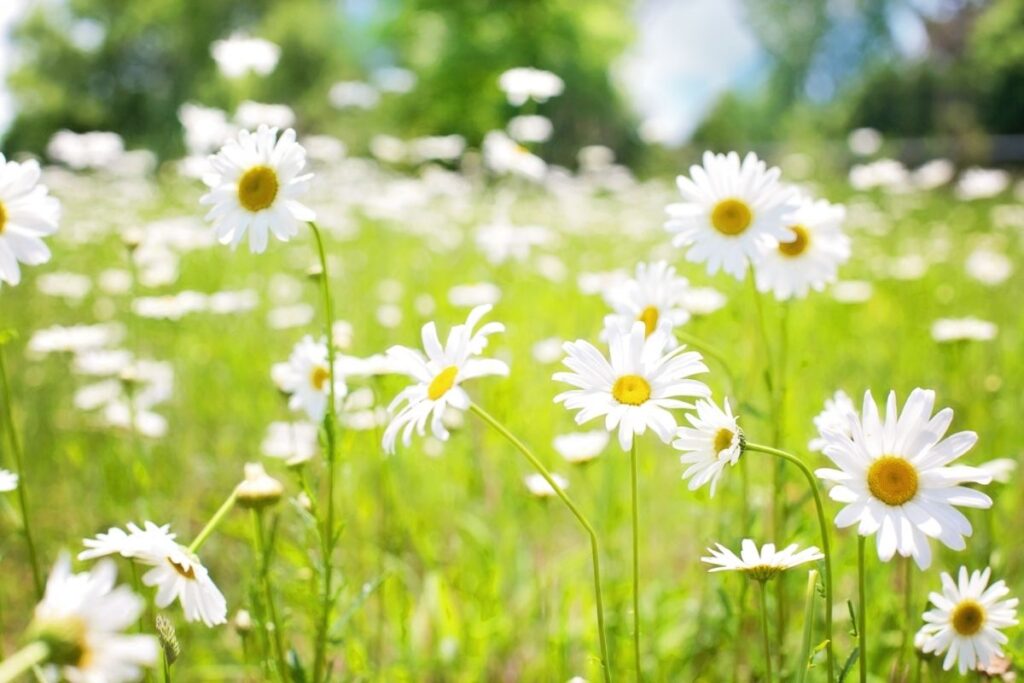
23 Common English Daisy
A symbol of purity and innocence, this flower is perhaps one of the most recognizable daisies, and it is found in lawns and meadows all around the world.
Originally from Europe, the Common English Daisy will only grow to about 3 inches tall, but it will always be easy to spot by its stunning white petals and a bold yellow center.
1. Shasta Daisy
The Shasta Daisy has the typical ‘look’ of the standard daisy (white petals and yellow center), but this species can actually grow up to 24 inches tall! This is because they have a huge amount of leafy green foliage, which also supports the double-flowered varieties of the same flower.
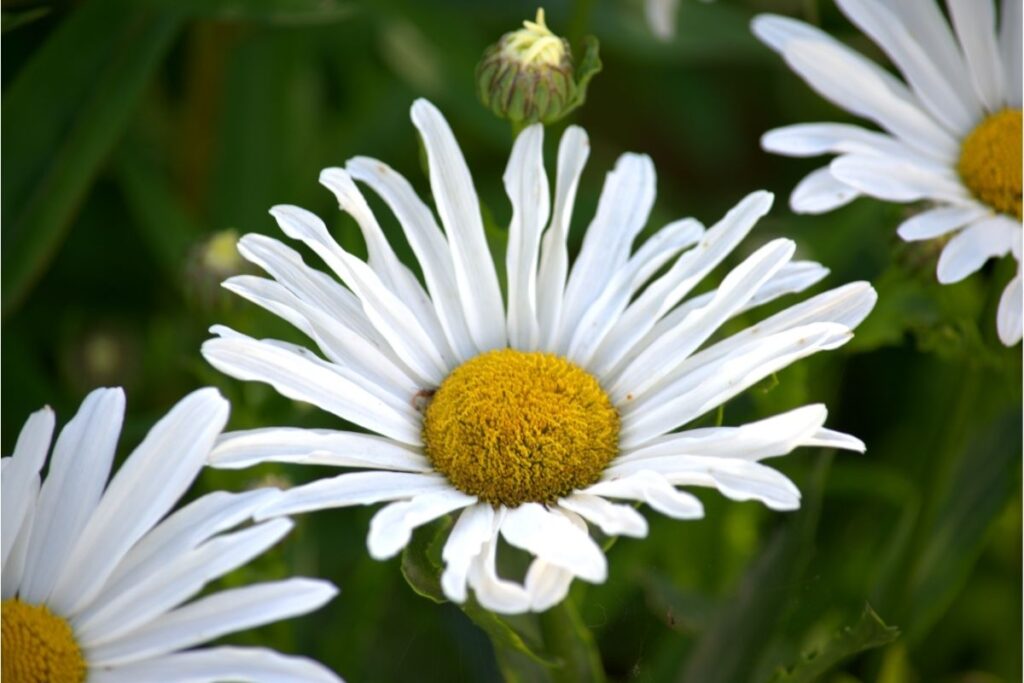
2. African Daisy
Native to South Africa, the African Daisy (also known as Cape Daisy) have a huge variety of colors and textures to their petals – which include lilac, orange, yellow, and fuchsia. It’s also one of the most popular flowers for weddings because it symbolizes new beginnings and everlasting love.
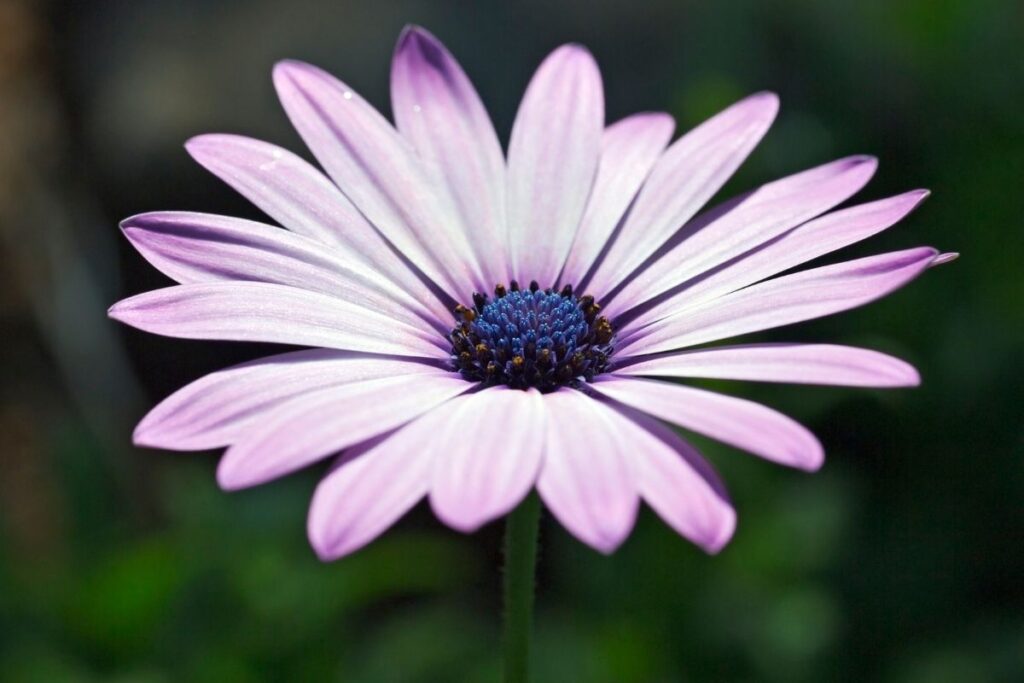
3. Gerbera Daisy
This beautiful flower, an evergreen perennial, has an abundance of vibrant colors including red, orange, yellow, green, cream, and light pink.

This flower is often used at funerals because it represents eternal life – which is also represented by the Gerbera’s incredibly hardiness and magnificent, long-lasting blooms (that can grow to around 4 inches each).
4. Sea Oxeye Daisy
These bright yellow flowers are always drawn towards the sea or any type of salty water, but they actually represent the sun for many people.
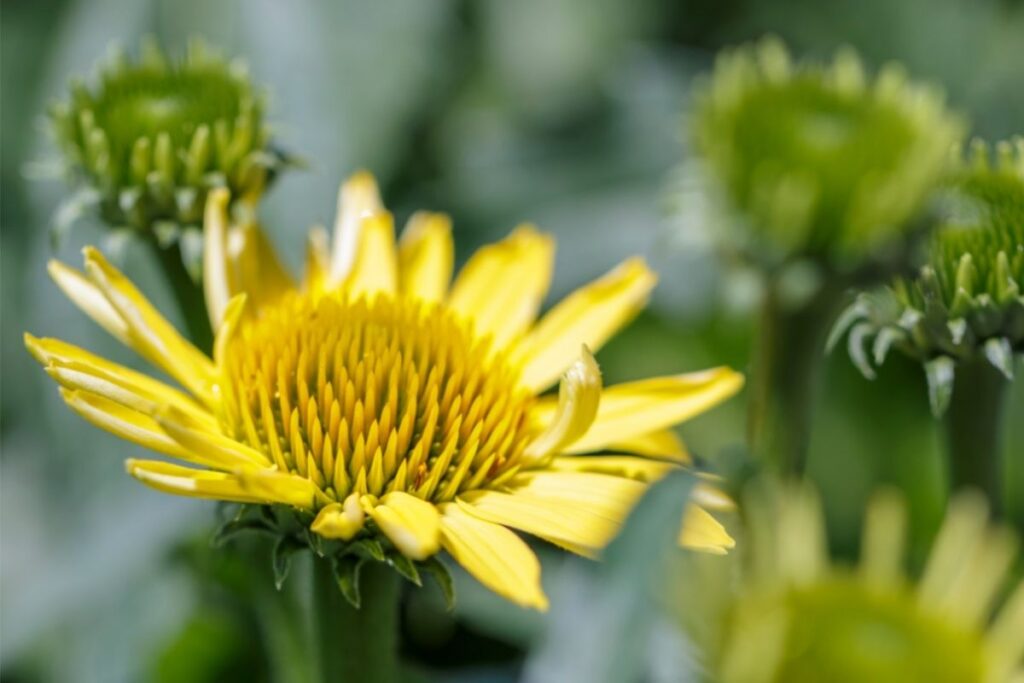
Sea Oxeyes are very common in the United States and Canada, and they’re also commonly found growing wild throughout North America – this daisy keeps the local wildlife in these environments well-fed with its abundance of small seeds.
5. Painted Daisy
Also called the “butterfly daisy”, this flower has a unique shape and coloring pattern that makes them look like butterflies when viewed from above – which is very apt since they are frequently used in butterfly gardens because the winged insects are very attracted to them.

These flowers are usually seen in the springtime, and you can get weeks of their vibrant blooms if you look after them well, which just includes watering and dead-heading.
6. Curly Leaf Daisy
This daisy has a curly leafy stem and grows up to about 2 feet tall. Its leaves are dark green and hairy, and it produces large clusters of tiny white flowers all year round. You’ll often see Curly Leaf Daises growing alongside other perennials such as hostas and daylilies in your garden.
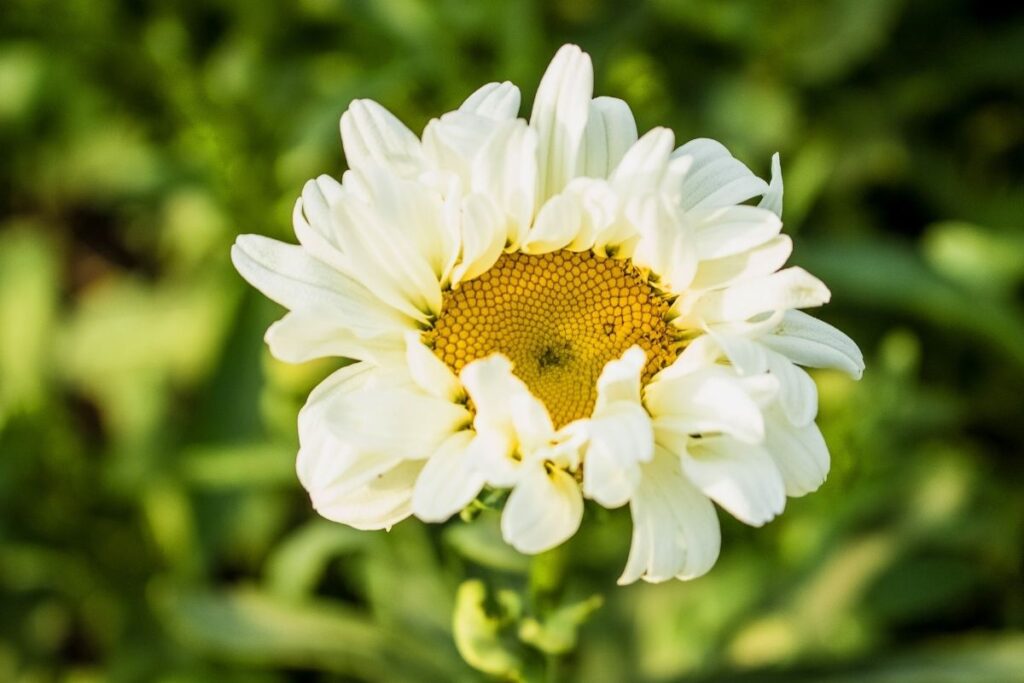
7. Sunburst Daisy
This daisy is a hybrid between two different species of daisies, and it’s grown worldwide. It has a big, showy center surrounded by smaller petals, which gives it a lot of visual appeal.
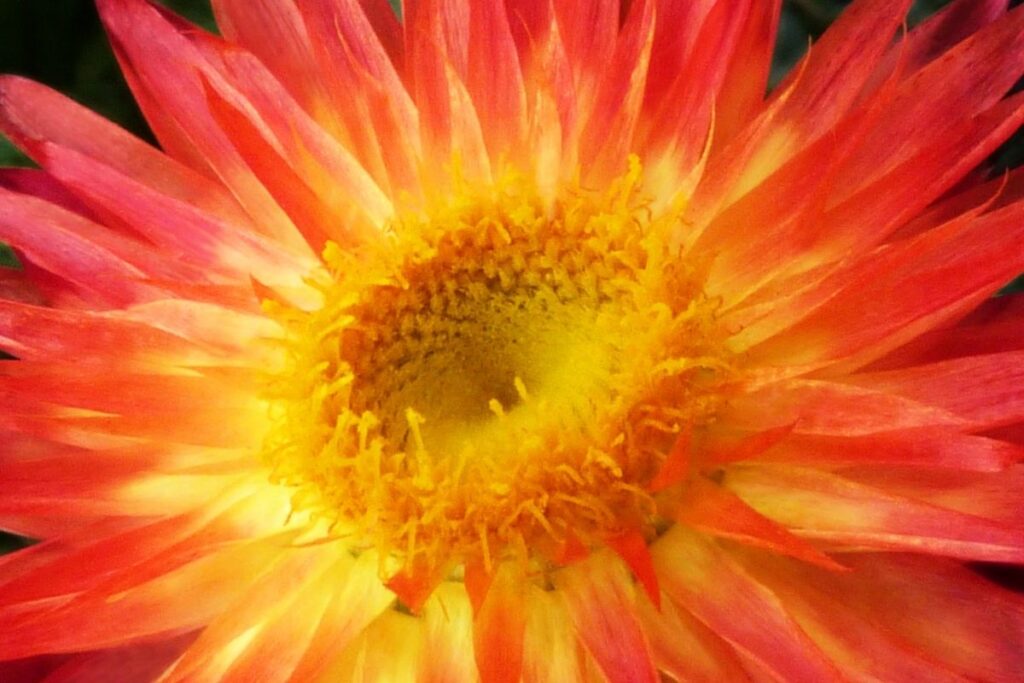
Sunbursts are generally considered to be the best choice for cutting flowers, and they are available in a wide array of colors including yellow, orange, salmon, red, and pink.
8. Rough Daisy
The Rough Daisy (also known as the “Hairy Daisy”) is another hybrid daisy that comes in a wide variety of colors including yellow, red, orange, and pink.
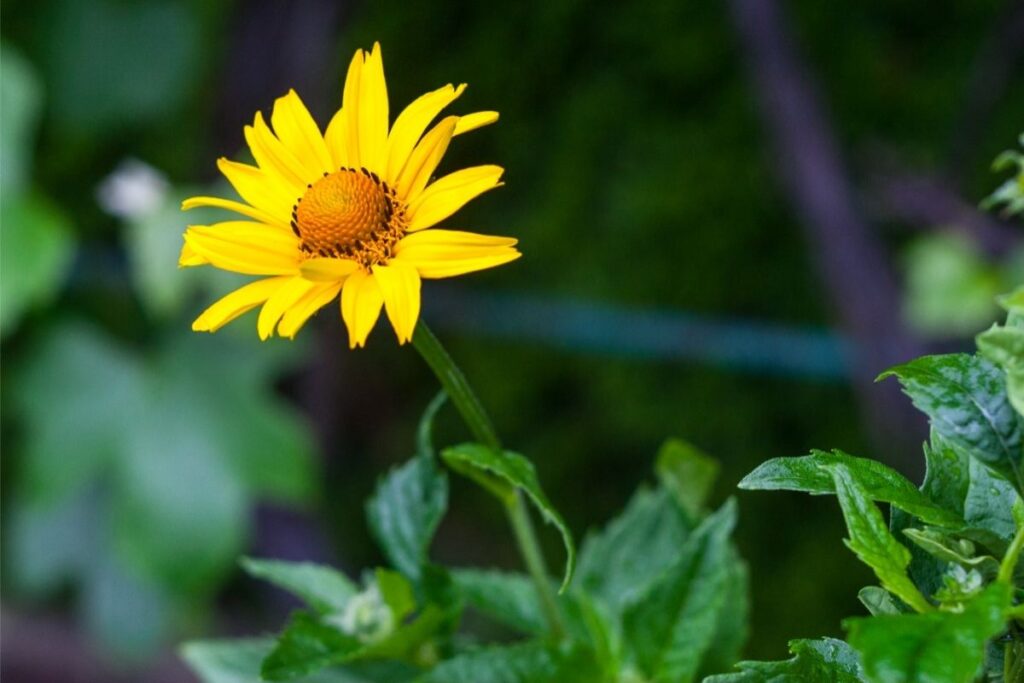
The Hairy Daisy has a rough texture to its stems and leaves, and it’s not recommended for use in cut bouquets because of its coarse appearance. However, it does make great additions to floral arrangements because of its ability to stand out among other flowers.
9. Gloriosa Daisies
There are several varieties of Gloriosa Daisies, and they come in a wide range of colors including purple, blue, yellow, and white. They’re also extremely easy to care for, and they won’t need much maintenance once planted into soil.
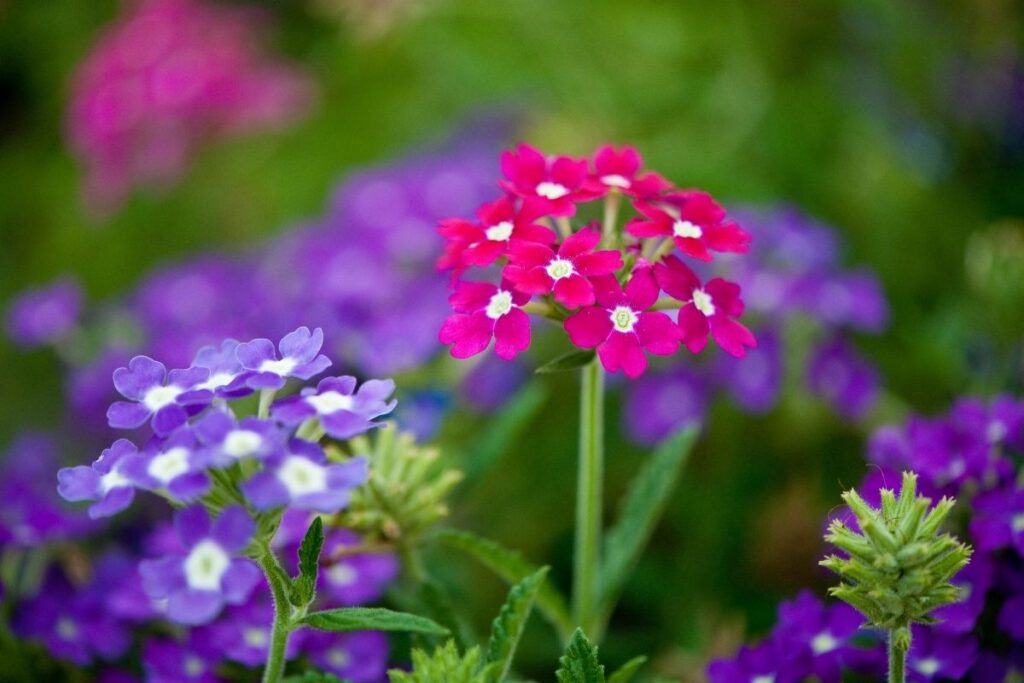
They’re also quite popular in the world of gardening because they have a strong scent that attracts bees and other pollinators.
10. Eastern Purple Coneflower
This plant is native to eastern North America, and it’s one of the most widely cultivated types of daisies. It has a low mound of foliage on top of a sturdy stalk, and it produces lots of large, colorful, trumpet-shaped flowers.
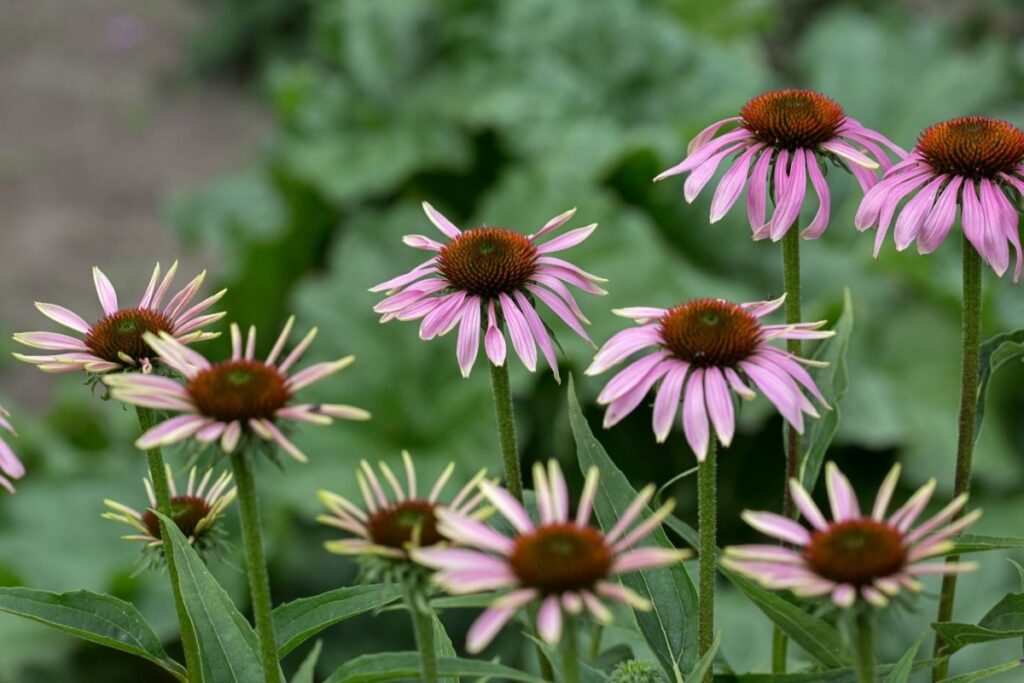
Eastern Purples are typically sold at nurseries during the summer months, and they’re easy to grow and maintain.
11. Mojave Desert Star
These flowers are native to the Mojave Desert region of California, and they’ve been around for thousands of years. They have a long history of being used in Native American culture, and they were even mentioned in the Bible as early as the Old Testament.
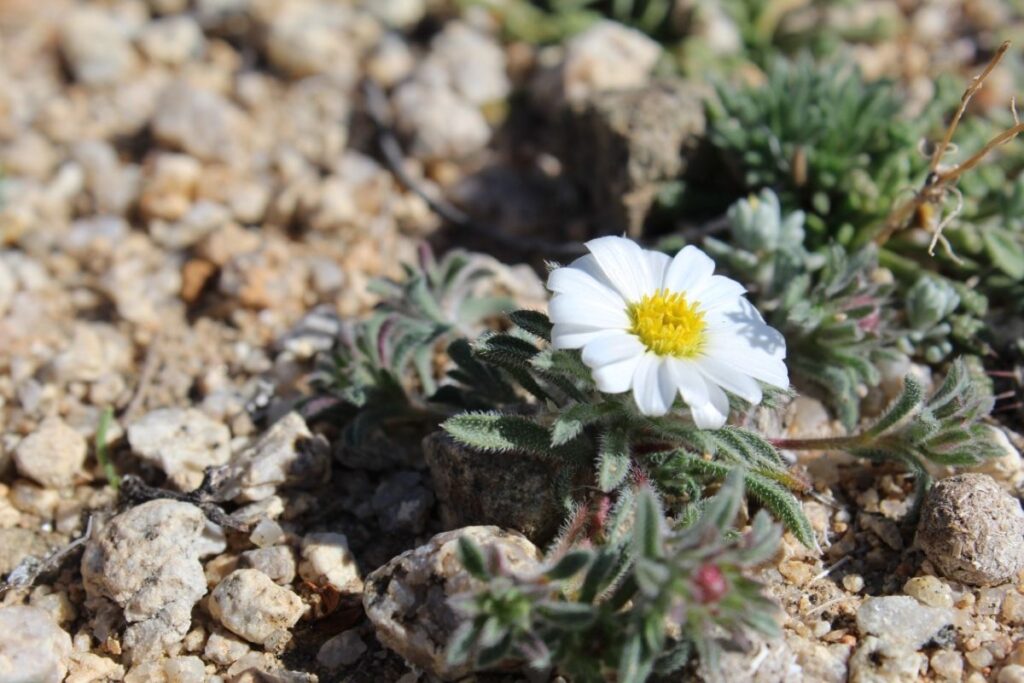
Today, these beautiful flowers are still grown extensively in the United States and Canada, and they can be found in many botanical gardens across the globe.
12. Marguerite Daisies
These flowers are named after Queen Marguerite I of Navarre, who was an important figure in French history.

Marguerites are a type of double daisy, and they produce small, single-petaled blooms with a bright yellow color. They’re very easy to grow, and they don’t require much care or attention once planted into soil.
13. Tasso Pink Daisy
The Tasso Pink Daisy is a perennial flower that’s native to Europe, but it’s now commonly grown throughout the United States and Canada. These flowers have a unique shape that makes them look like a ‘tassel hat’, and they’re usually sold in bundles of three.
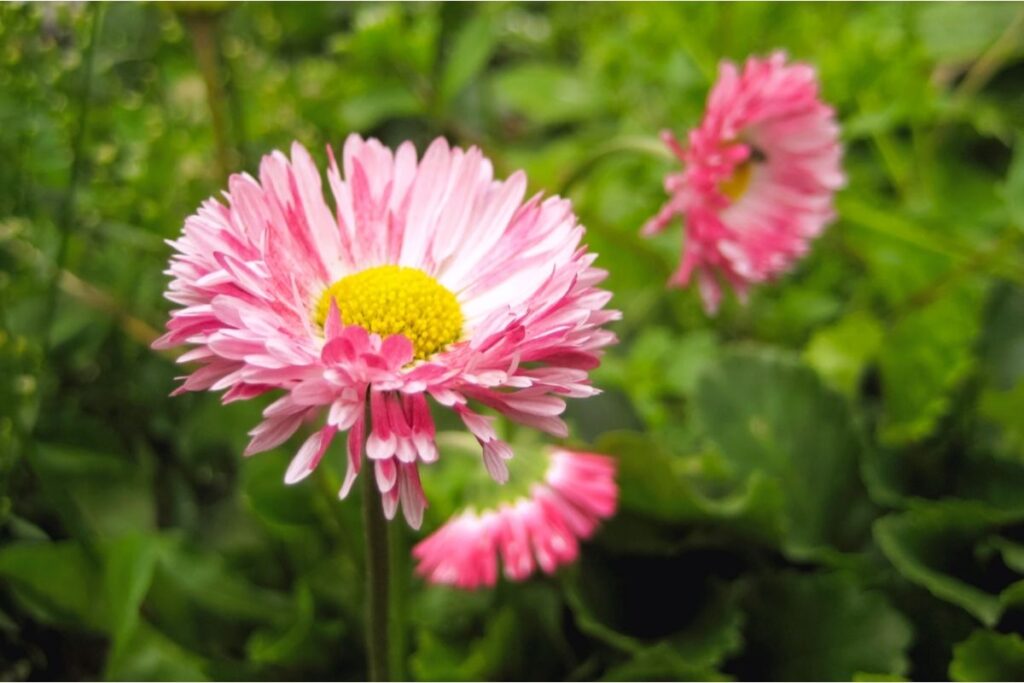
While they are biennial, which means they only last the one blooming season, they are self-seeding which means that they help new plants to grow in the future.
14. Sunflowers
Sunflowers are probably the most well-known type of daisy, and they’re often referred to as the “King of Flowers.” They’re actually part of the Asteraceae family, and they come in various sizes, shapes, and colors.
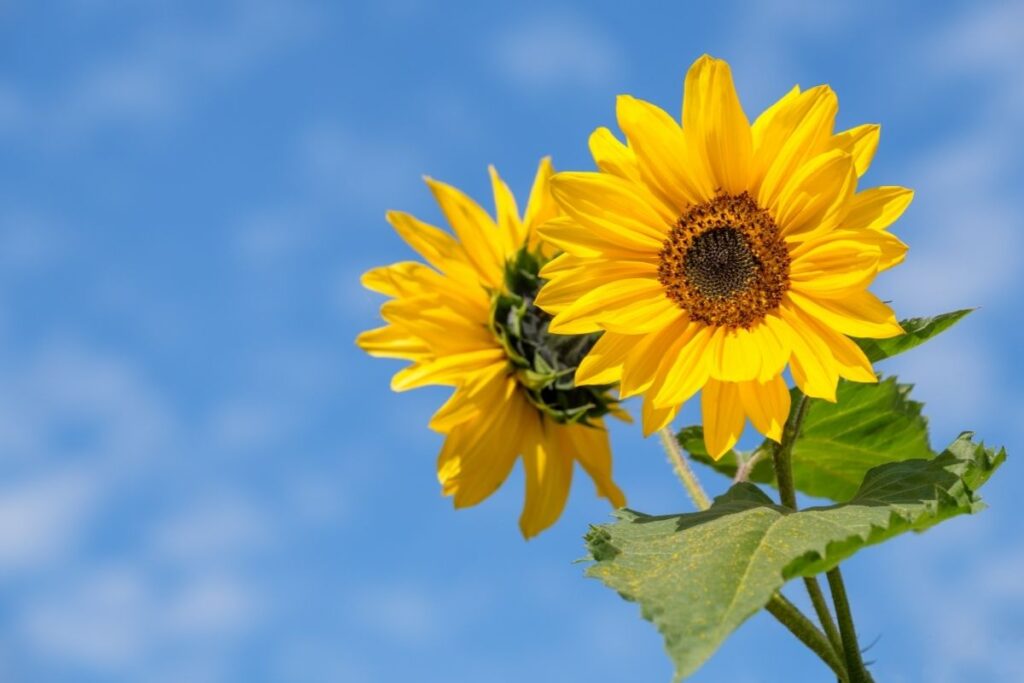
There are hundreds of varieties of sunflowers, and each one has a distinct personality. Some are tall and thin while others are short and squatted, some are round and some are square – but all of them are incredibly beautiful!
15. Ageratum
Ageratums are generally tall, slender perennials that bloom from spring through fall. They’re often sold as annuals, but they can be easily re-potted every year if you want to keep growing them.
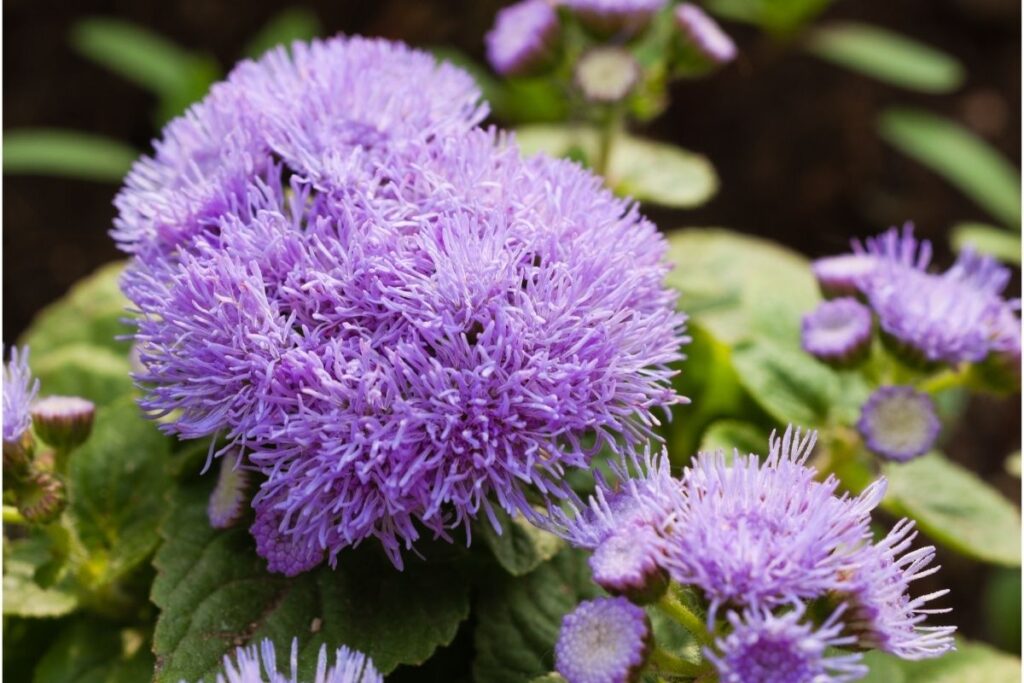
Their unique, pompom shaped blooms are most typically found in lilac and blue shades, which makes them very striking.
16. Cosmos
Cosmos are perfect for adding height and interest to your garden as they grow to an unusually large height, and they’ll attract butterflies and hummingbirds to your yard.
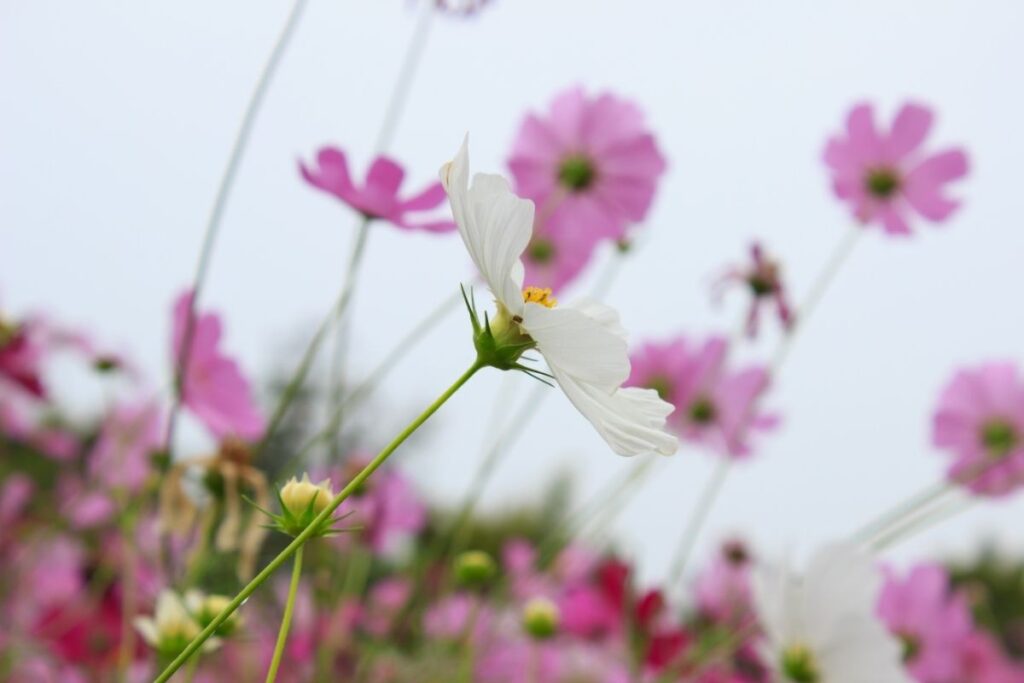
They’re also known for their striking, vibrant colors, and they can be purchased in a variety of different shades, including pink, red, and white.
17. Arctotis Acaulis
This daisy is found in South Africa, and it can grow up to two feet tall. The leaves of Arctotis acaulis are heart-shaped, and they have a distinctive smell when crushed.
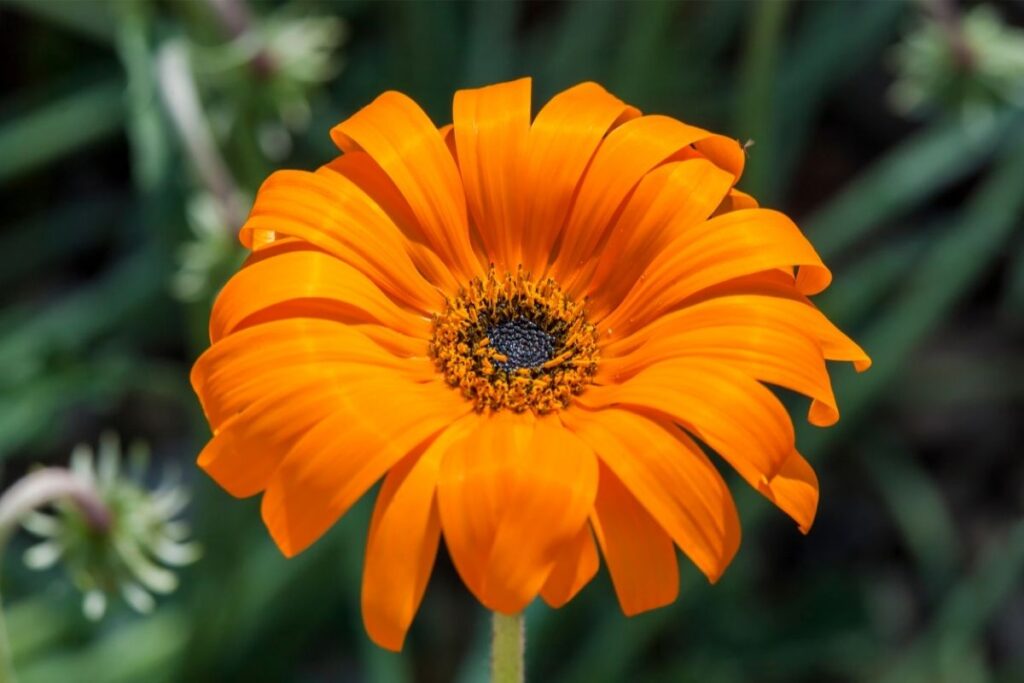
They are a particularly fast-growing type of perennial, and you will find them in various shades of yellow, salmon, and orange.
18. Aster
An aster is a flowering plant that mainly blooms between late summer and fall. They’re mostly native to northern temperate regions, including parts of Asia, Europe, Africa, and North America.
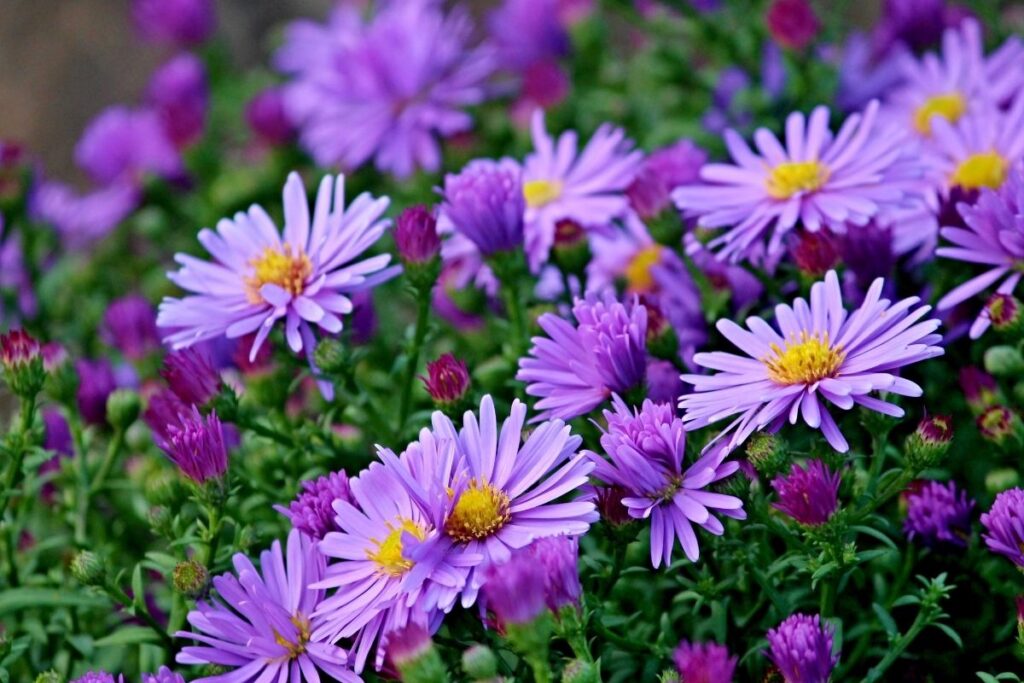
Most people know them by their common name, goldenrod, but there are more than 100 species of aster, and they range in size from tiny seedlings to large shrubs.
19. Dahlberg Daisy
While these small daisies don’t grow to a huge height, they are a brilliant way of covering the ground and making a large space in your garden look bright and cheerful. They are an annual plant that blooms from July to August, resulting in bold yellow flowers.
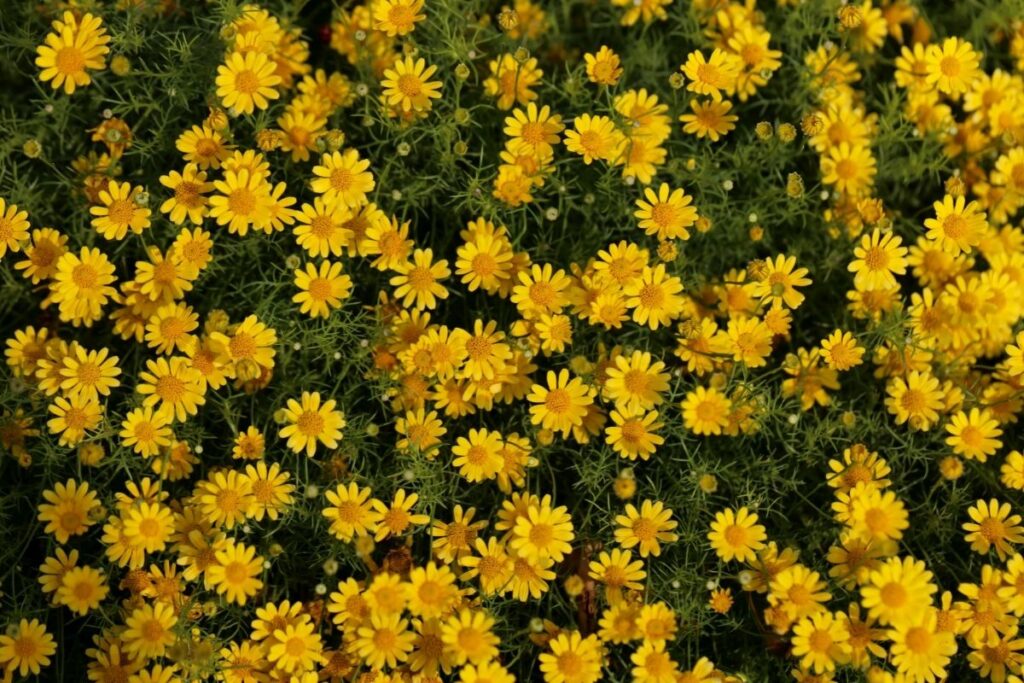
20. Japanese Chrysanthemum
The Japanese Chrysanthemum is a beautiful, fragrant flower that blooms all summer long. It’s native to China, Japan, Korea, and Russia, and it’s been cultivated since ancient times. This flower is available in many colors, including pink, purple, blue, white, and yellow.
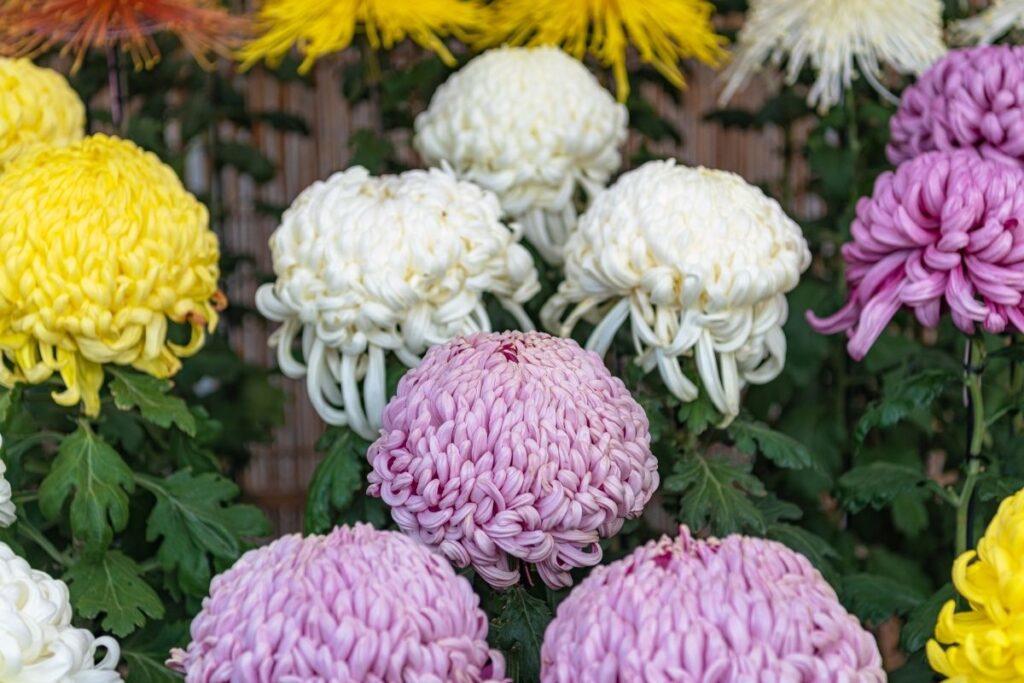
21. Tickseed
Tickseed, otherwise known as Coreopsis, is commonly used as an ornamental ground cover, and they’re especially attractive during the late summer months.
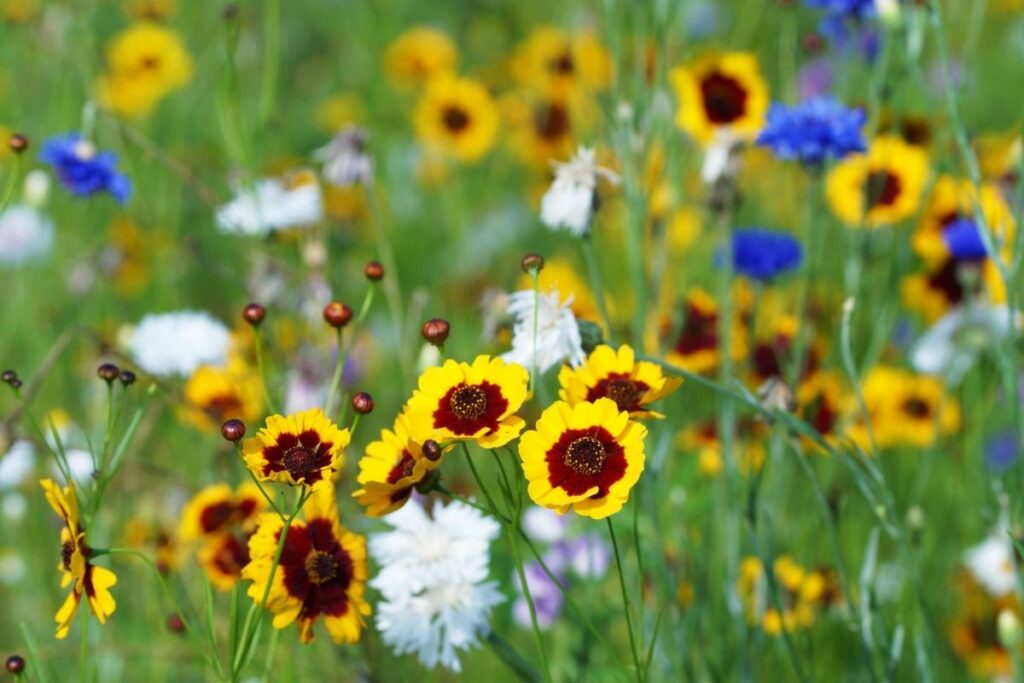
They’re often planted near trees and shrubs, and they provide a nice contrast against darker foliage. Their blooms can vary from single, semi-double or double daisy flowers, all of which are very low maintenance.
22. Echinacea
Echinaceas are a group of perennial herbs that are native to North America, and they produce daisies with bright, colorful ray florets. Echinaceas are grown primarily for their medicinal properties, and they’re widely used to treat colds, flu, sore throats, and even cancer.
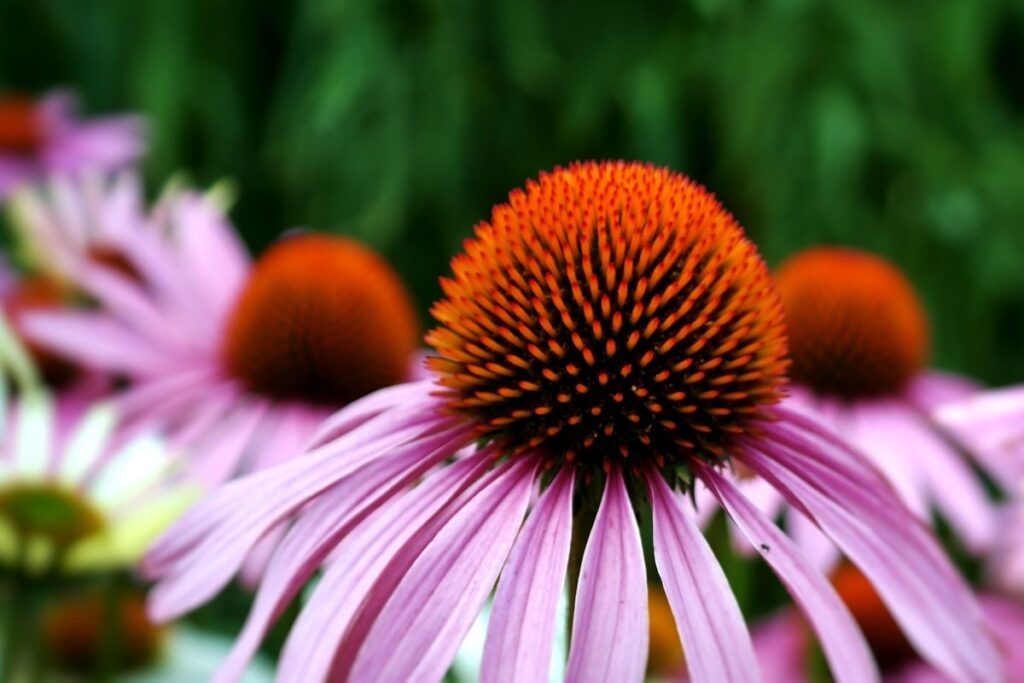
RELATED: 65 Stunning Purple Flowers of Different Types (Including Pictures)
23. Townsendia Incana
Also known as the Easter Daisy, Townsendias are a genus of flowering plants that actually have white hairs on the stems, which look silver in the sunlight.

Townsendia Incana daisies are native to eastern North America, and they are one of the most common daisies found in gardens today. Townsendias are easy to grow, and they bloom year-round.
To Sum Up
There are hundreds of varieties of daisies out there, and you can find them at local nurseries or online. Some are easier to grow than others, depending on the climate where you live.
If you want to start growing your own, be sure to pick out a variety that will thrive in your area.
You’ll also need to decide whether you want to grow annuals or perennials. Annuals die after the first season, while perennials continue to grow throughout the seasons.
Frequently Asked Questions
How Long Do Daisy Plants Last?
This ultimately depends on where they are an annual or a perennial plant, which would determine how long the plant lasts in terms of its lifespan.
In terms of the blooming patterns, most daisy plants will keep their blooms for at least a week or two. Some blooms will even last for a month!
How Long Does It Take For A Daisy To Grow?
Most daisies should reach maturity (including their full height) within two years or so. This is if they are kept in their ideal conditions in terms of sunlight and access to water.
However, some daisies may actually take up to five years to fully grow. This may also depend on the species of daisy that you are growing.







